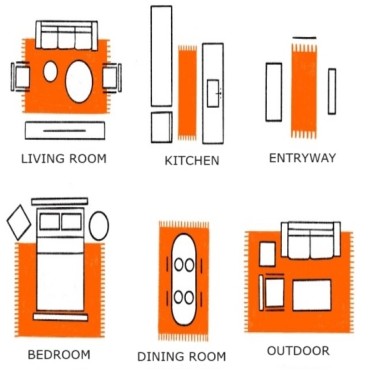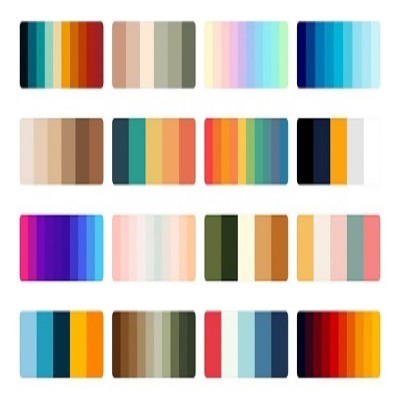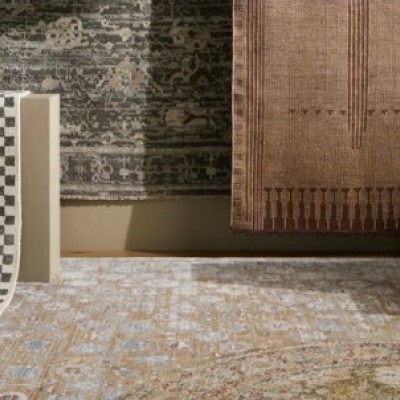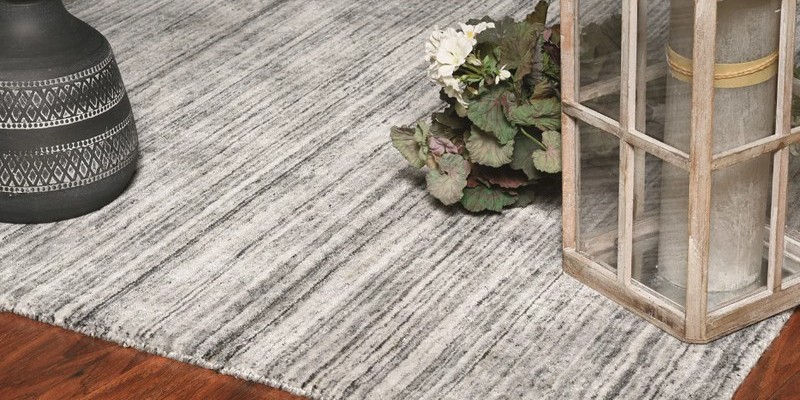
Area rugs may be effective design elements, whether they serve as floor art or are just used as a background to complement other decors. A room can transform from conventional to modern, traditional to contemporary, or plain to bold with only this one easy switch. Several important factors need to be taken into account when deciding which area rug is best for you. Here are some tips you should bear in mind when purchasing a new area rug for your room.
Making use of the proper rug materials:
Whether a rug is comprised of natural or synthetic fibers, the material from which it is constructed matters.
Natural:
The term "natural fiber" refers to substances like wool, silk, cotton, jute, or bamboo. Wool rugs tend to be more expensive and of higher quality, but they also hold up well in high-traffic areas. They do, however, tend to shed, at least during the first few months. Cotton rugs are more affordable, and a nice choice for informal areas, but they fade rapidly and are not stain-resistant.

Synthetic:
Polypropylene, nylon, polyester, and microfiber are examples of synthetic materials that are widely used in carpets today. Usually easy to clean, fade-resistant, and relatively affordable, these rugs are very durable. They are a fantastic alternative for families with children and those who own pets because they are less expensive and are simpler to replace with a new one.
Other things to consider:
Designs:
Like furniture, lighting, or room styles, there are as many different types of area rugs as there are colors, patterns, and designs. Traditional Persian rugs and classic European designs are no longer the only options for interior decor. Along with these time-honored options, there are trendy and contemporary alternatives, such as vibrant flowers, strong geometrics, and basic Jute and sisals.
Learn about the styles that are out there before choosing one, and consider the mood you want to generate in your space. Keep in mind that an area rug should complement the textures and colors of the existing furnishings rather than having to match everything else in the room.
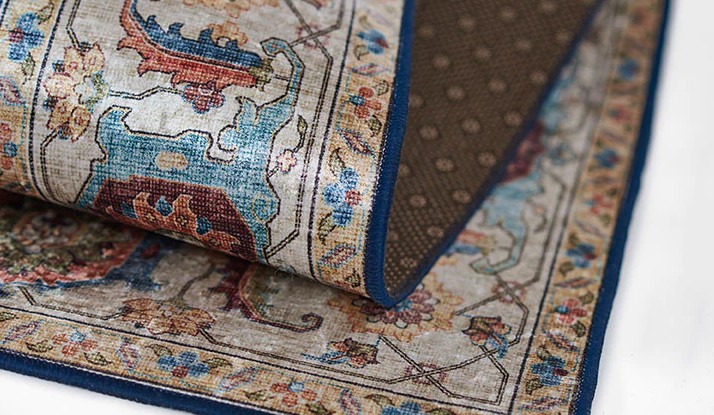
Hue:
A logical place to start when selecting an area rug is with color. Of course, you should consider your personal preferences and the colors you'd prefer to surround yourself with every day, but it isn't the only consideration. It's crucial to consider the color of your area rug because it will determine the mood of the entire space.
Consider the compatibility of various hues with your existing furniture if you already have it. It is frequently advisable to use a rug with neutral tones or just one color in rooms with a lot of colors and patterns. Consider how various rug colors will blend with the hues of the flooring, walls, and ceiling if you don't already have furniture.
Sizes:
Between the edges of the rug and the room's walls, there should typically be 10 to 20 inches of the bare floor in most average-sized rooms. You can choose between eight inches and 24 inches in height, depending on the size of the room. Regardless, make sure the rug is in the middle of the space and that the distance from the rug to the walls is the same on all four sides. Rugs are another tool you can use to define spaces. The criteria may vary slightly if you want to layer rugs or have an open-concept room.
Get the best answers to all of your rug-related problems at RugsTown. They can simply guide you toward the appropriate rugs since they have years of experience.
